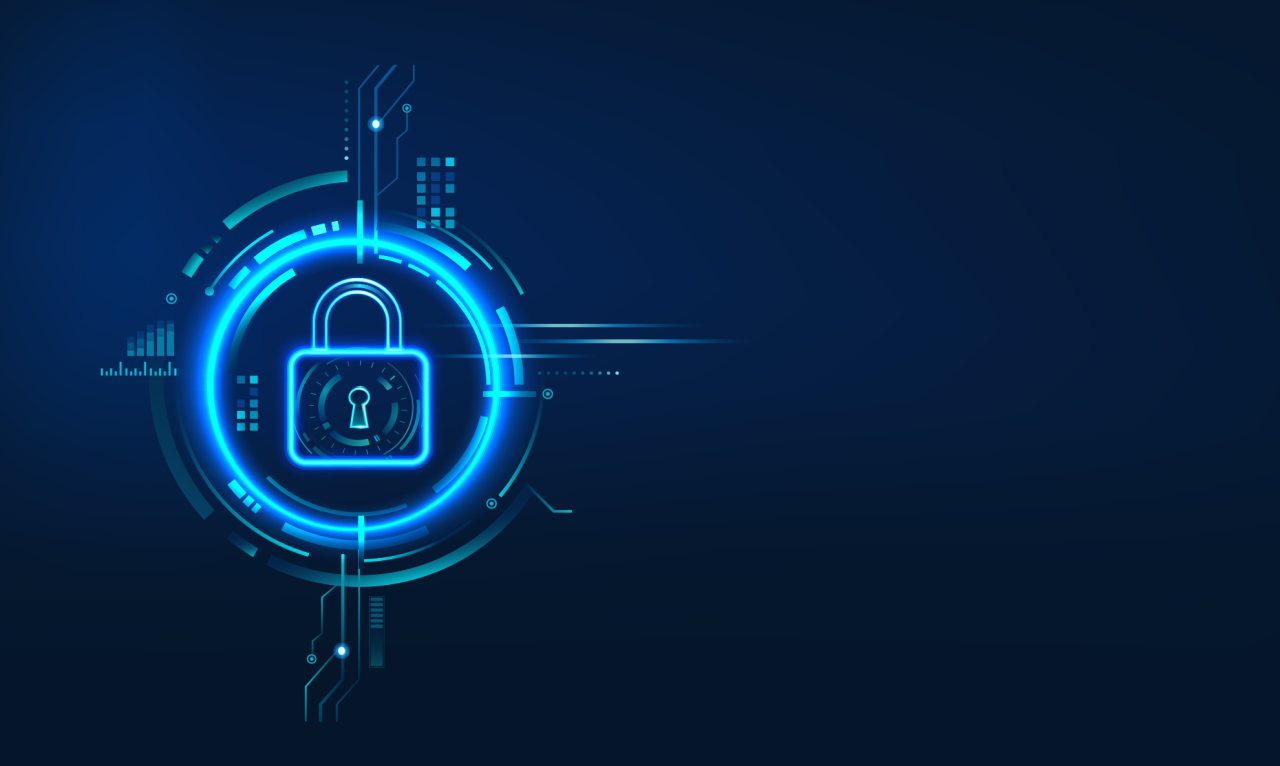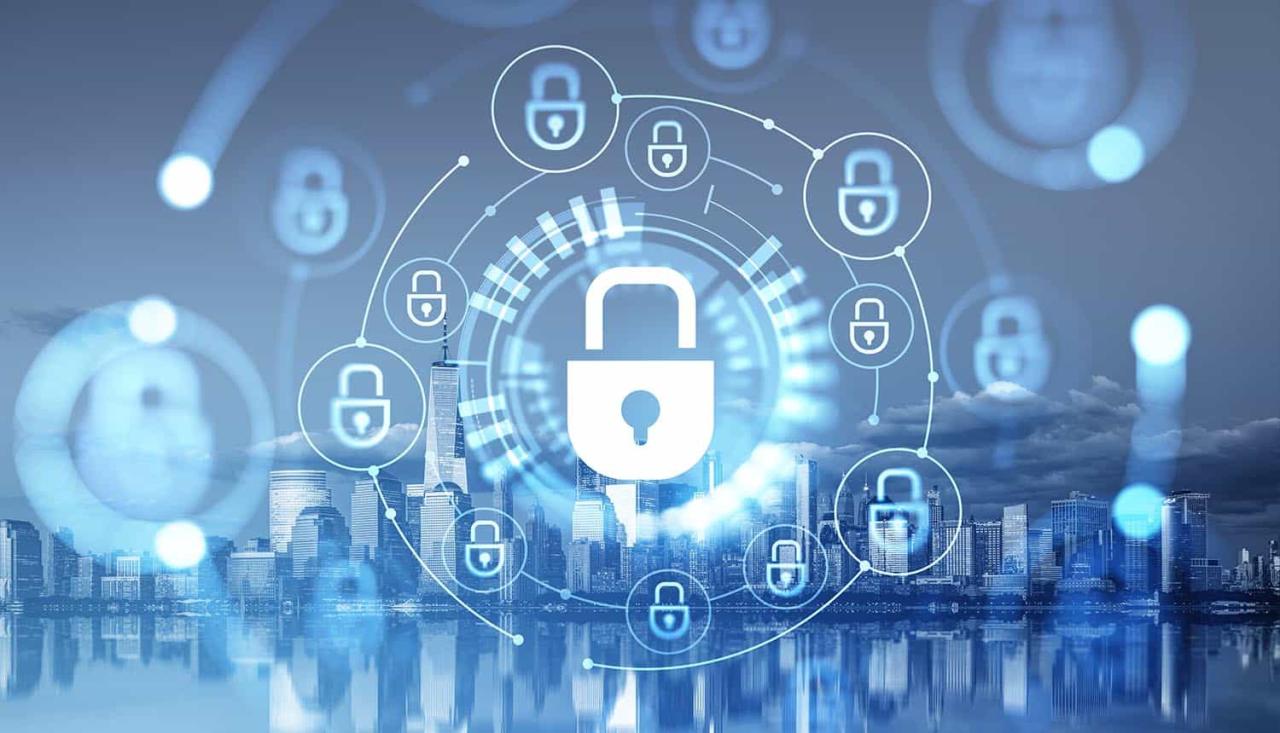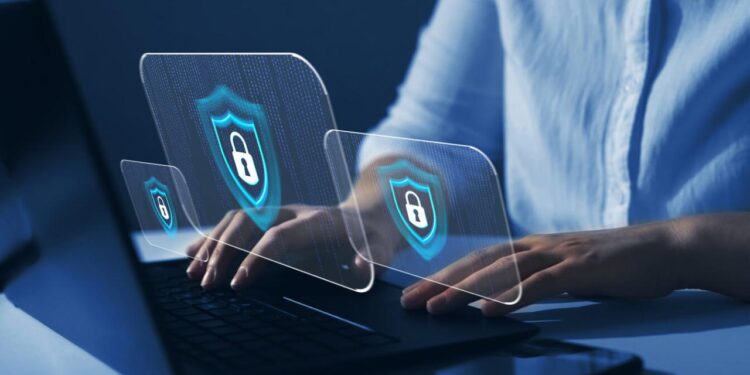In the interconnected world of the 21st century, technology has woven itself into the very fabric of our daily lives. From the smartphones in our pockets to the vast networks that power our economies, our existence is now inextricably linked to the digital realm. But with this unprecedented connectivity comes an equally unprecedented vulnerability. The cybersecurity landscape is a dynamic and ever-changing frontier, an eternal battleground where defenders work tirelessly to protect our data, our privacy, and our critical infrastructure from a growing legion of malicious actors. This comprehensive article delves into the profound challenges and innovations that define this evolving digital frontier, exploring the key threats we face, the groundbreaking technologies being deployed to combat them, and the crucial role that individuals and organizations must play in securing our collective future.
For decades, cybersecurity was a niche concern, primarily focused on protecting corporate networks from a handful of known threats. The attacks were often simple, the motives clear, and the defense strategies relatively straightforward. But the rise of the internet, the proliferation of cloud computing, and the advent of the Internet of Things (IoT) have created a vastly expanded attack surface. The digital world is no longer confined to desktops; it is everywhere, from our smart homes to our cars, and each connected device is a potential entry point for a cyberattack. The attackers themselves have also evolved. Today, they range from lone hackers seeking a thrill to sophisticated nation-state actors and organized criminal syndicates, each with a different motive—from financial gain and political espionage to widespread disruption and sabotage.
The modern cybersecurity challenge is not just about building a stronger firewall. It is about creating a resilient, intelligent, and proactive defense system that can anticipate and neutralize threats before they cause damage. This requires a shift in mindset, from a reactive “lock the doors” approach to a more proactive “patrol the perimeter” strategy. It demands a new generation of technologies powered by artificial intelligence (AI), machine learning, and advanced behavioral analysis. It also requires a new level of awareness and responsibility from every individual, for in a world where a single phishing email can bring down a corporation, every user is a potential point of failure. The cybersecurity frontier is not just a technical challenge; it is a human one.
Key Dangers on the Digital Frontier

The threats we face on the digital frontier are more diverse, sophisticated, and persistent than ever before. Understanding them is the first step to building a robust defense.
A. Ransomware
Ransomware is one of the most pervasive and financially devastating cyber threats. It is a type of malicious software that encrypts a victim’s files, rendering them inaccessible, and demands a ransom payment—usually in cryptocurrency—for their release. Ransomware attacks have crippled hospitals, schools, and major corporations, causing billions of dollars in damages and disrupting critical services. The attackers often use phishing emails, exploiting human error to gain initial access to a network. The defense against ransomware is multi-layered, requiring strong backups, employee education, and robust endpoint protection.
B. Phishing and Social Engineering
Phishing is a form of social engineering where an attacker uses deceptive tactics to trick individuals into revealing sensitive information, such as passwords or credit card numbers. This can be an email that looks like it’s from a legitimate company or a text message that appears to be from a bank. Phishing attacks are a primary entry point for a wide range of cyber threats. They exploit a fundamental human weakness: our trust. Combating phishing requires continuous training and a culture of skepticism, where every employee is taught to question suspicious requests and verify a source before acting.
C. Advanced Persistent Threats (APTs)
An Advanced Persistent Threat (APT) is a prolonged, targeted cyberattack in which an intruder gains access to a network and remains undetected for an extended period of time. APTs are often carried out by nation-state actors or highly organized criminal groups with the goal of stealing sensitive data, such as trade secrets or government intelligence. These attacks are difficult to detect because they are slow, subtle, and often mimic legitimate network activity. The defense against APTs requires a sophisticated security posture, including advanced threat detection, continuous monitoring, and a deep understanding of network traffic.
D. IoT Vulnerabilities
The proliferation of the Internet of Things (IoT) has created a massive and often-overlooked attack surface. From smart refrigerators to connected security cameras, many IoT devices are manufactured with weak security protocols and are rarely updated. This makes them easy targets for hackers, who can use them as a backdoor to a home network or, in a large-scale attack, use them to create a botnet—a network of compromised devices used to launch a distributed denial-of-service (DDoS) attack. Securing the IoT is a major challenge that requires a new focus on “security by design,” where devices are built with strong security from the ground up.
The Arsenal of Defense

The cybersecurity industry is a hotbed of innovation, constantly developing new technologies and strategies to stay one step ahead of the attackers.
A. AI and Machine Learning in Threat Detection
Artificial intelligence (AI) and machine learning are at the forefront of modern cybersecurity defense. Unlike traditional security systems that rely on a database of known threats, AI can analyze vast amounts of network traffic in real-time to identify anomalous behavior that may indicate a new, unknown attack. Machine learning models can be trained to recognize the subtle patterns of a sophisticated attack, such as an APT, long before a human analyst ever could. This shift to AI-powered threat detection is moving cybersecurity from a reactive to a proactive discipline.
B. Zero Trust Architecture
The old security model was based on the principle of a secure perimeter, where everything inside the network was trusted and everything outside was not. This model is no longer effective in a world of cloud computing and remote work. Zero Trust architecture operates on a new principle: “never trust, always verify.” It assumes that every user, device, and application is a potential threat, and it requires continuous authentication and authorization for every access request, regardless of where it originates. This multi-layered approach to security significantly reduces the risk of an internal breach or a compromised account.
C. Behavioral Analytics and Endpoint Detection and Response (EDR)
Behavioral analytics is a security technique that creates a baseline of “normal” behavior for a user, a device, or a network. Any deviation from this baseline, such as an employee accessing a file they have never accessed before, is flagged as a potential threat. Endpoint Detection and Response (EDR) systems apply this principle to individual devices, such as a laptop or a server. They continuously monitor for suspicious activity, and if a threat is detected, they can automatically quarantine the device and notify the security team. EDR is a crucial tool for combating advanced threats that can bypass traditional antivirus software.
D. Blockchain for Secure Data and Identity
While blockchain is often associated with cryptocurrency, its underlying principles of immutability and decentralization have powerful applications in cybersecurity. Blockchain can be used to create a tamper-proof and transparent record of data, which is ideal for securing sensitive information like medical records or legal documents. It can also be used to create a decentralized and secure digital identity, where an individual has control over their own data and can choose which information to share with a service. This new approach to identity management could significantly reduce the risk of identity theft.
The Human Element
In the final analysis, the strongest cybersecurity defense is not a piece of technology, but a vigilant and well-trained workforce. The human element is the ultimate firewall.
A. Cybersecurity Education and Training
The single most effective way to combat cyber threats like phishing and social engineering is through continuous cybersecurity education and training. This should not be a one-time annual event, but an ongoing process that keeps employees up-to-date on the latest threats and best practices. Training should be engaging and interactive, using simulated phishing attacks and real-world examples to build a culture of security awareness and responsibility.
B. The Role of Cybersecurity Professionals
The demand for skilled cybersecurity professionals is at an all-time high. These are the front-line defenders who are responsible for designing and implementing security systems, monitoring for threats, and responding to incidents. The field is incredibly diverse, with roles ranging from penetration testers who simulate attacks to find vulnerabilities to security architects who design the security infrastructure of an organization. Investing in the education and development of these professionals is a national security imperative.
C. The Individual’s Responsibility
Cybersecurity is not just a corporate or governmental concern; it is an individual one. Every person has a role to play in securing their own digital lives. This includes using strong, unique passwords for every account, enabling multi-factor authentication (MFA) whenever possible, being cautious about what they click on, and keeping their software and devices up-to-date. In a world where our personal data is a valuable commodity, taking responsibility for its security is an essential part of being a digital citizen.
D. The Importance of Public-Private Partnerships
Combating large-scale cyber threats requires collaboration. Public-private partnerships are critical for sharing threat intelligence, coordinating responses to major attacks, and developing new standards and regulations. Governments, corporations, and academic institutions must work together to create a unified and resilient front against a global and multifaceted threat.
Conclusion
In conclusion, the cybersecurity landscape is an ever-evolving digital frontier, a continuous and complex battle that is central to the health of our economies and the security of our daily lives. The threats we face—from ransomware and phishing to advanced persistent threats and IoT vulnerabilities—are more sophisticated and diverse than ever before. But the arsenal of defense is also growing, with groundbreaking innovations in AI-powered threat detection, Zero Trust architecture, and behavioral analytics. This is a battle that will never truly be won, but it is one that we can, and must, manage effectively through a combination of cutting-edge technology and human vigilance.
The key to a secure future is not a single piece of technology but a holistic, multi-layered approach that addresses every potential point of failure. This requires a profound shift in mindset, from a reactive and siloed approach to a proactive, integrated, and collaborative one. It demands a new level of intelligence in our security systems, powered by AI and machine learning, and a new level of awareness from every individual, who must be trained to be the first line of defense. The cybersecurity professional is at the heart of this struggle, a vital and growing force of specialists who are responsible for building and maintaining the digital fortress.
The evolving digital frontier is a testament to the fact that progress and risk are two sides of the same coin. As our world becomes more connected, it also becomes more vulnerable. But the innovations in cybersecurity are a testament to our ability to adapt and overcome. The future is not one of perfect security, but one of resilient security—a future where we have the tools, the technology, and the collective will to manage the risks and protect our digital lives. The battle on the digital frontier is a permanent one, but with the right strategies and a unified effort, it is a battle we are well-equipped to fight.




